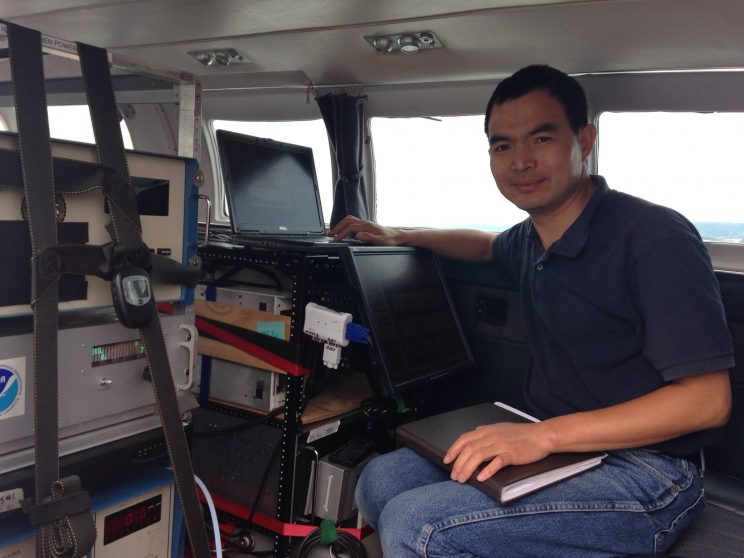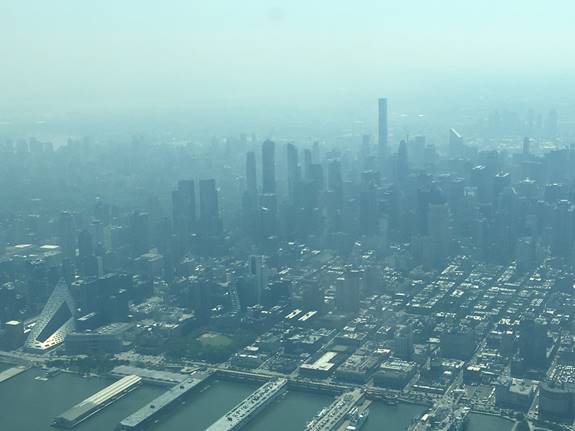Four ARL Scientists Among Researchers Supporting Air Pollution Study
July 2018
July 2018
As June gave way to July, a typical summer heat wave ushered in one of the worst episodes of air quality experienced by residents of New York City and the greater Long Island Sound region in over 10 years. A team of researchers, ARL scientists among them, cut short their weekend plans and began conducting research flights as part of the Long Island Sound Tropospheric Ozone Study (LISTOS).
While air pollution levels have decreased over much of the U.S. in recent years, the Long Island Sound perpetually suffers from high ozone concentrations and resulting poor air quality which negatively impacts the health and well-being of over 20 million people from the New York City metropolitan area to the Atlantic coast of Massachusetts. Air pollution levels in this region consistently violate federal health-based air quality standards for ground-level ozone and scientists believe that part of the complex chemistry along the coastlines stems from interactions between land and sea breezes.
LISTOS is a multi-agency collaborative investigation designed to measure multiple pollutants, ozone among them, with the goal to further understanding of the contributing chemicals, their emission sources, and the underlying weather patterns that influence their movement. Aircraft experiments are an essential component of the LISTOS project and ARL’s Xinrong Ren aided in planning flights for the University of Maryland’s (UMD) Cessna 402B research aircraft. Ren also takes part in the flights, deploying two ARL instruments to measure ozone and sulfur dioxide, a tracer chemical emitted from a coal-fired power plant. The LISTOS team, which includes two other research aircraft, a network of ground sites, mobile vehicles and boats, is taking measurements along a flight path spanning New York City, the Long Island Sound, and coastal Connecticut. The resulting measurements, coupled with concurrent meteorological and satellite measurements, will help to explain the formation of photochemical smog in the region.
Back in the lab, Winston Luke and Paul Kelley are providing technical support for the ongoing aircraft measurements and Mark Cohen is providing HYSPLIT model results for use in further scientific planning. Combining measurements with model simulations will enable scientists to represent the observed composition of the atmosphere, meaning that they’ll better understand the specific chemical interactions that produce ozone in this area; which, in turn, will provide the foundation for sound science-based policy to improve air quality in the future.
Primary measurement operations are planned throughout the summer and may extend through early September if high ozone events continue to occur. Results from this project are expected to be presented at both national and international conferences and published in peer-reviewed journals. LISTOS participants not mentioned above include the Northeast States for Coordinated Air Use Management (lead), U.S. EPA, NASA, state environmental agencies from New York, New Jersey, Connecticut, and Maine, Stony Brook University, University at Albany, and Yale University. For more information, please visit http://www.nescaum.org/documents/listos.

